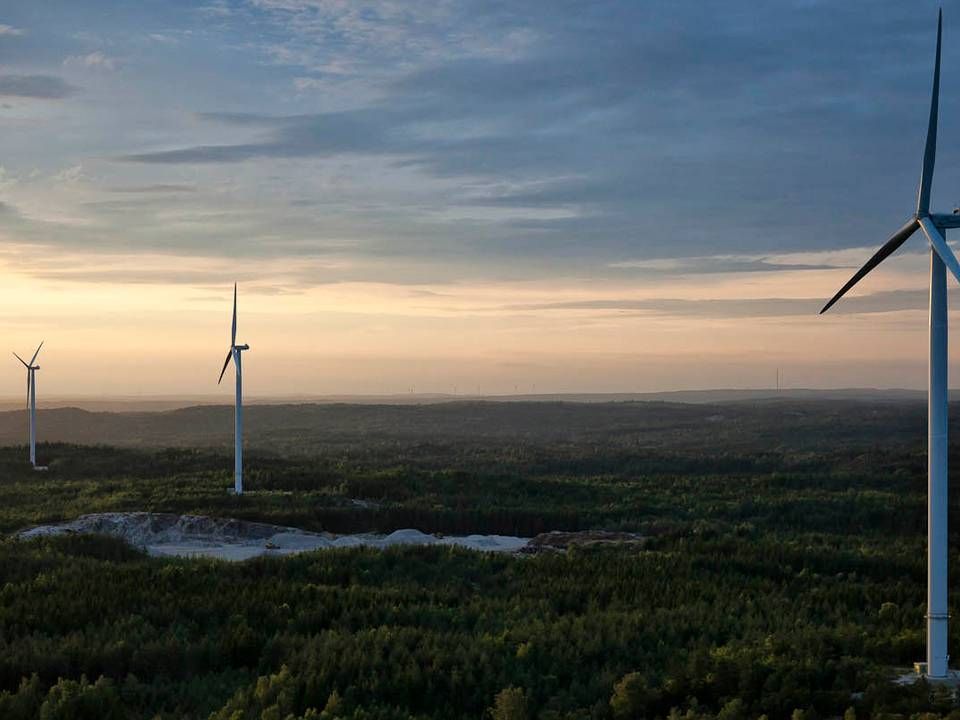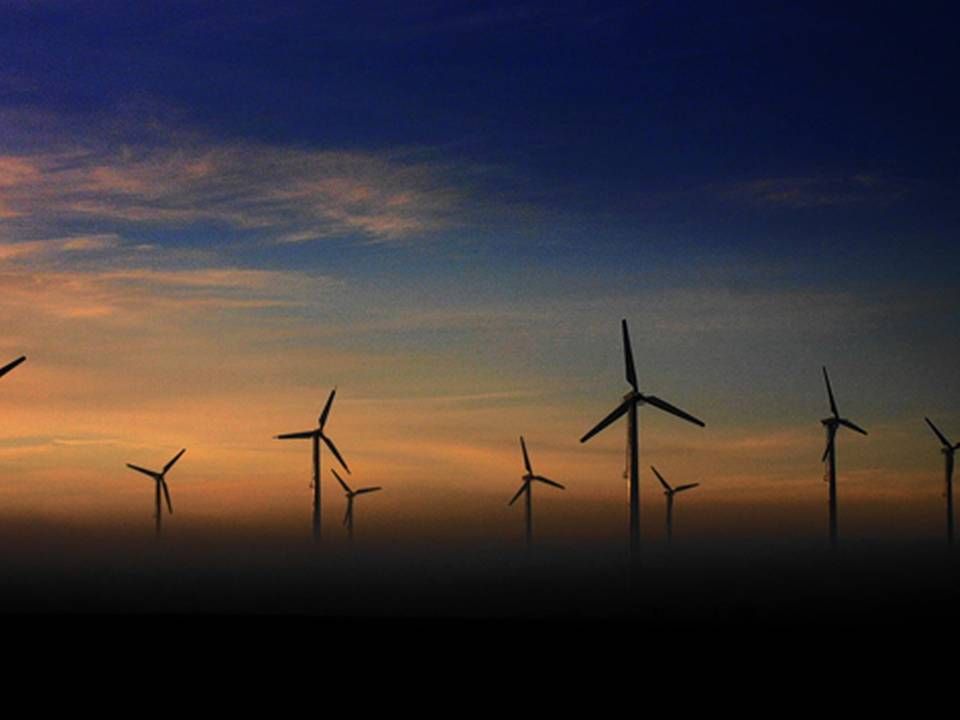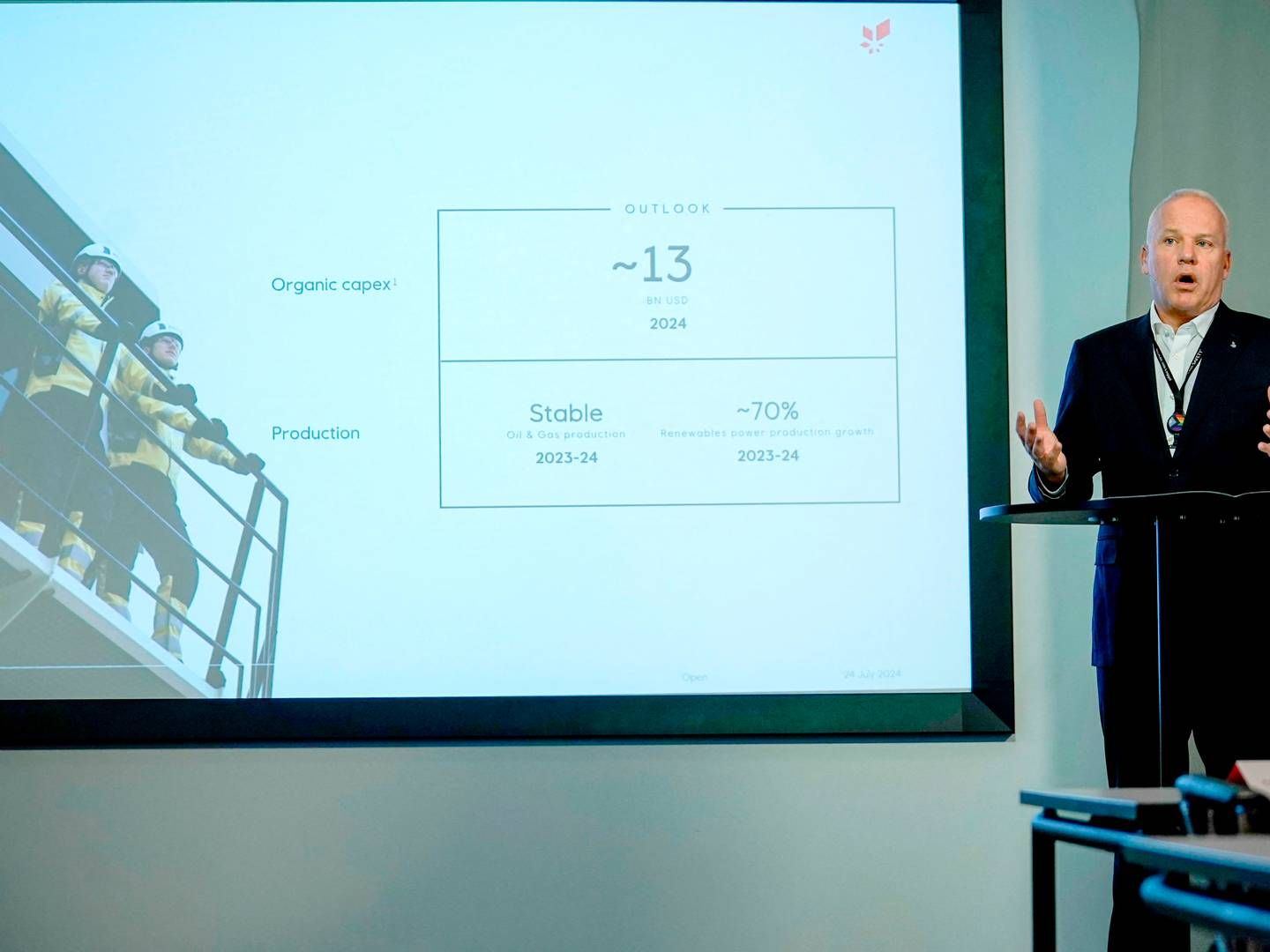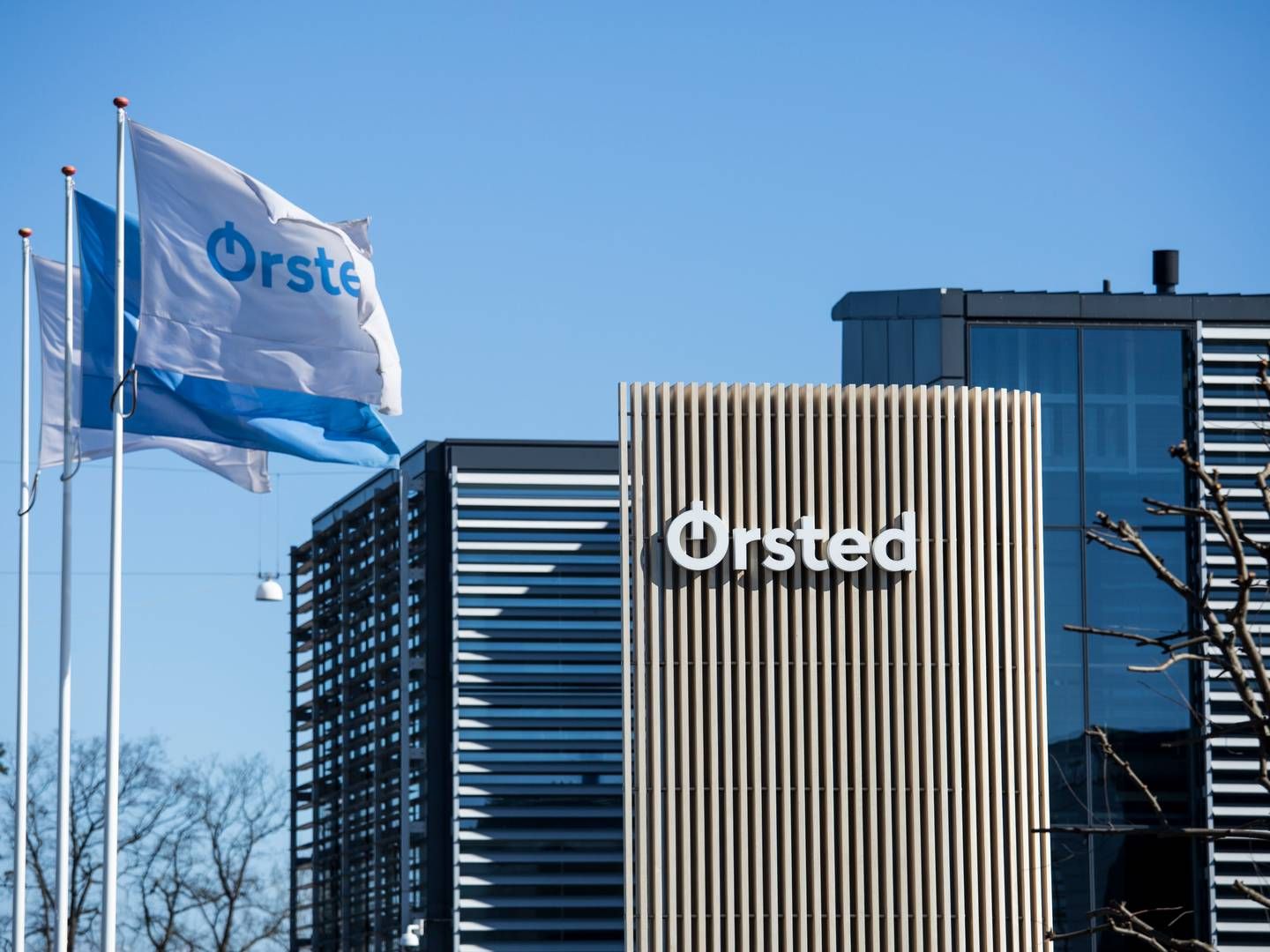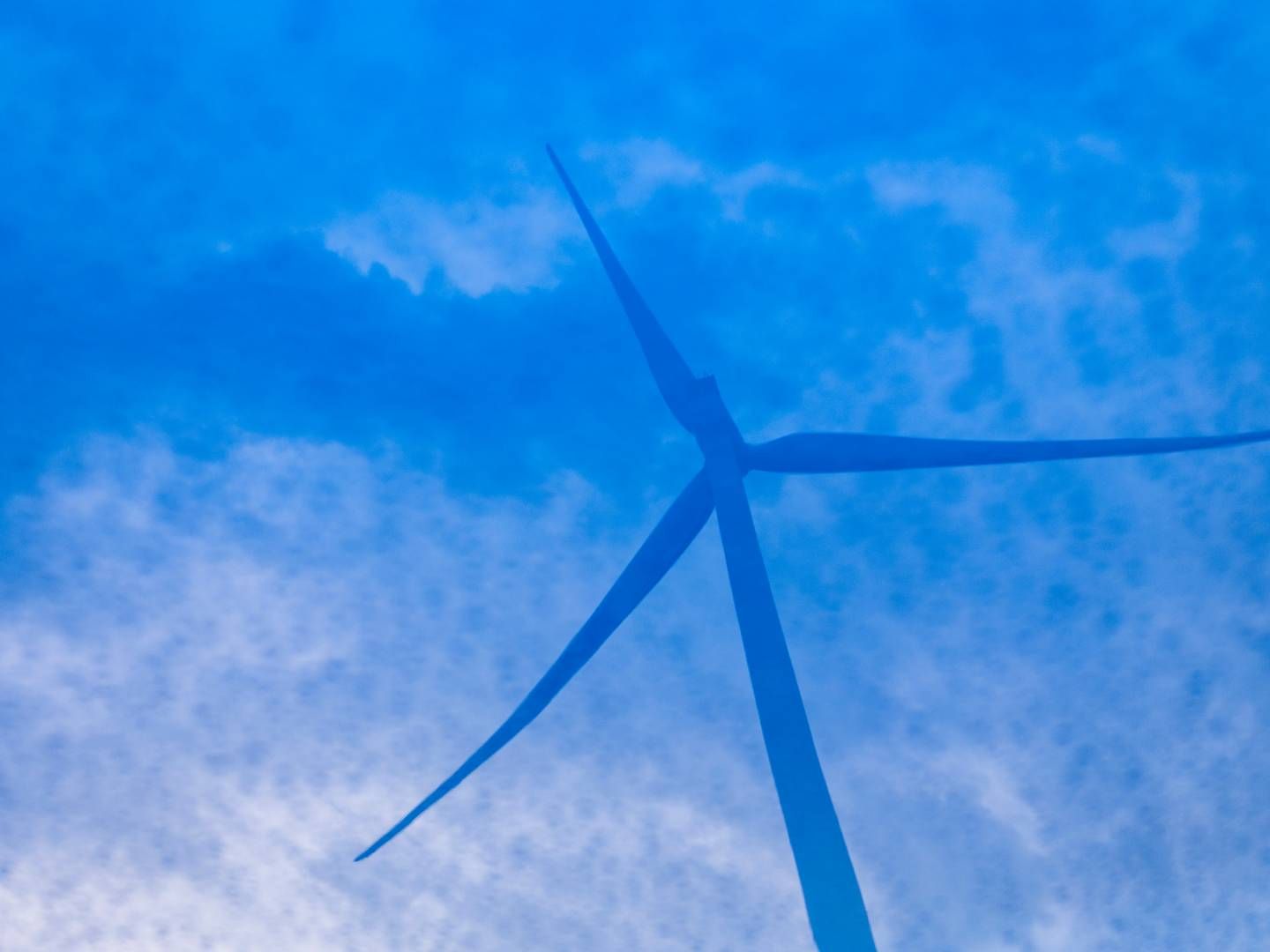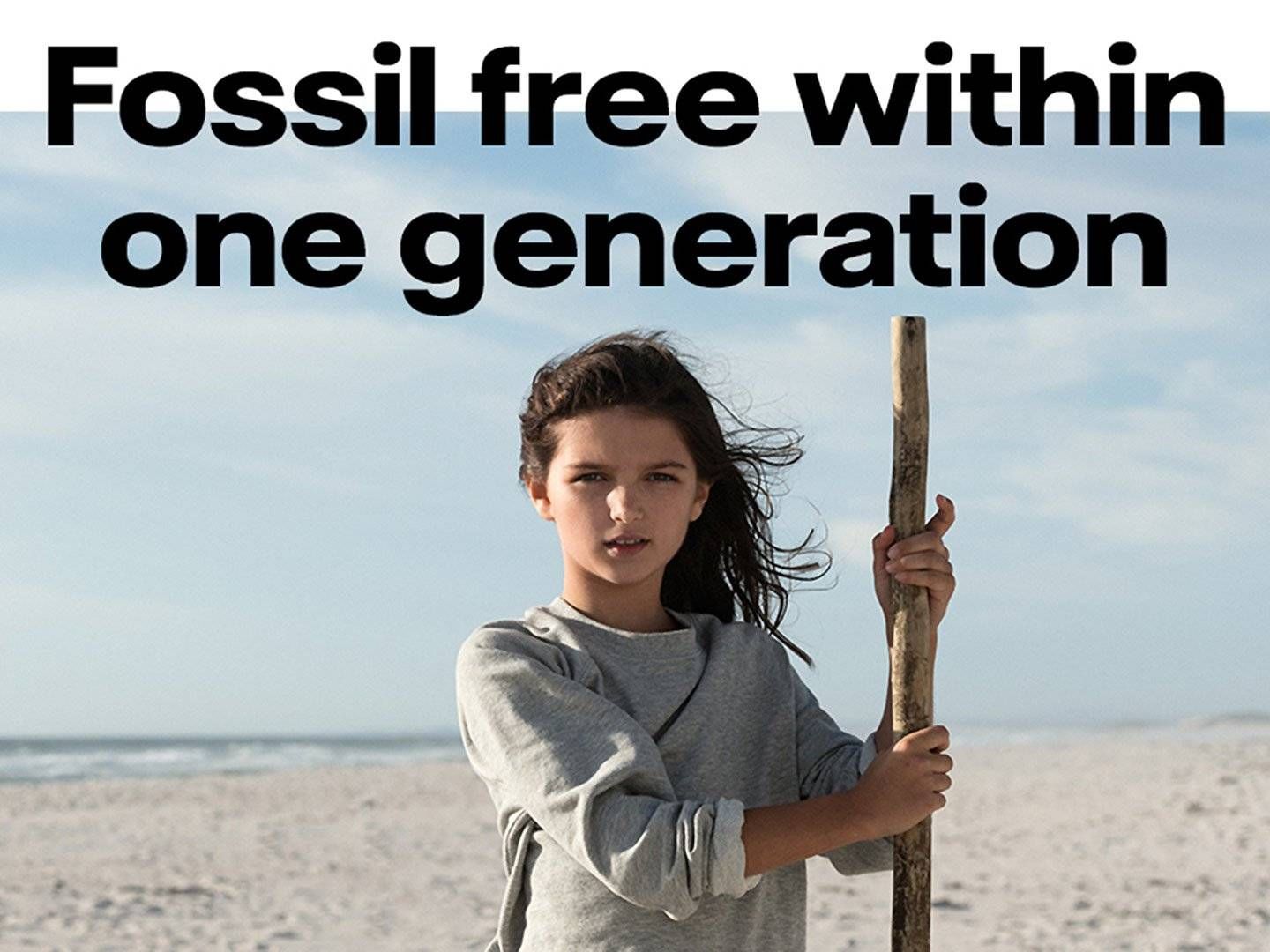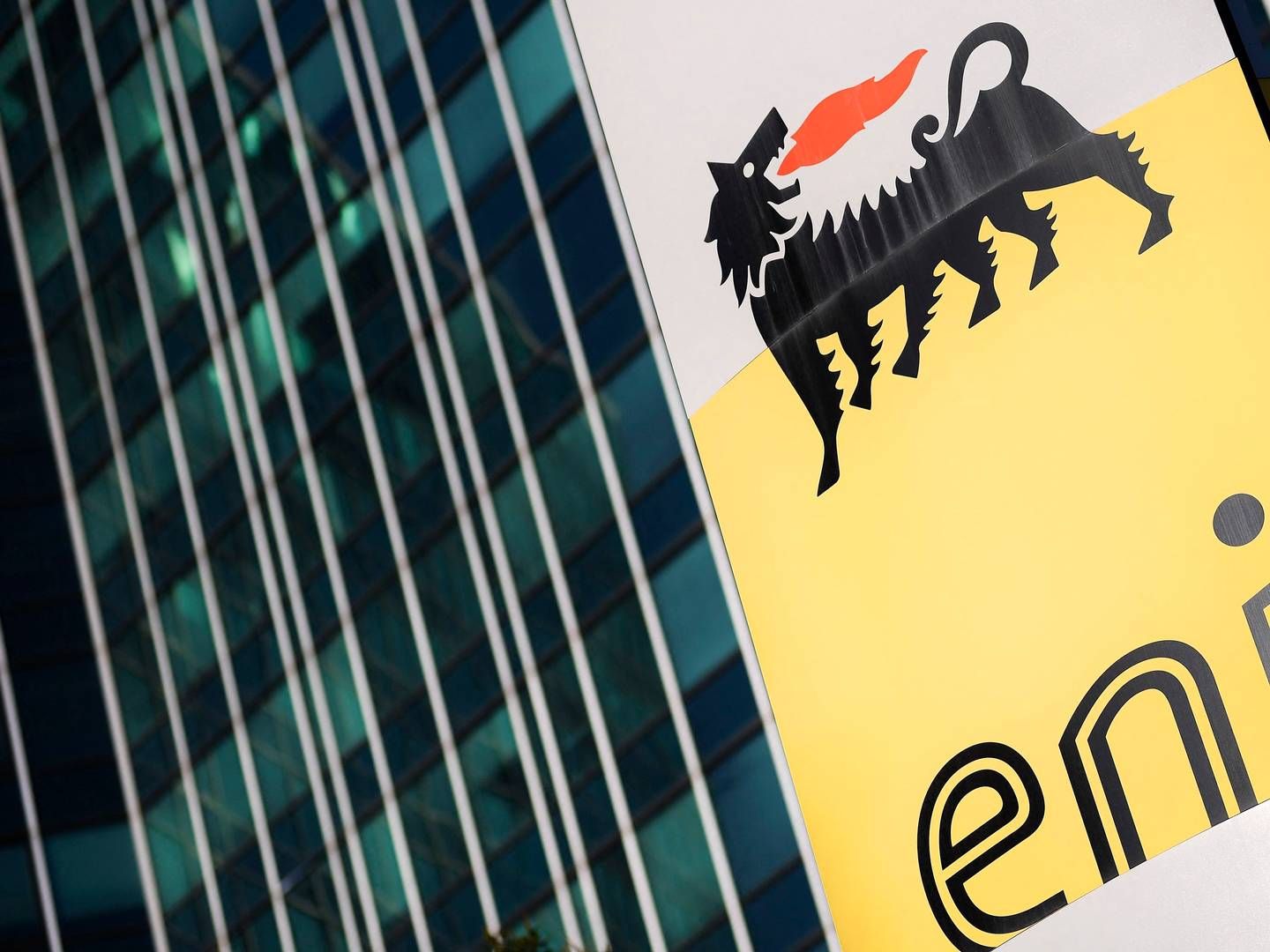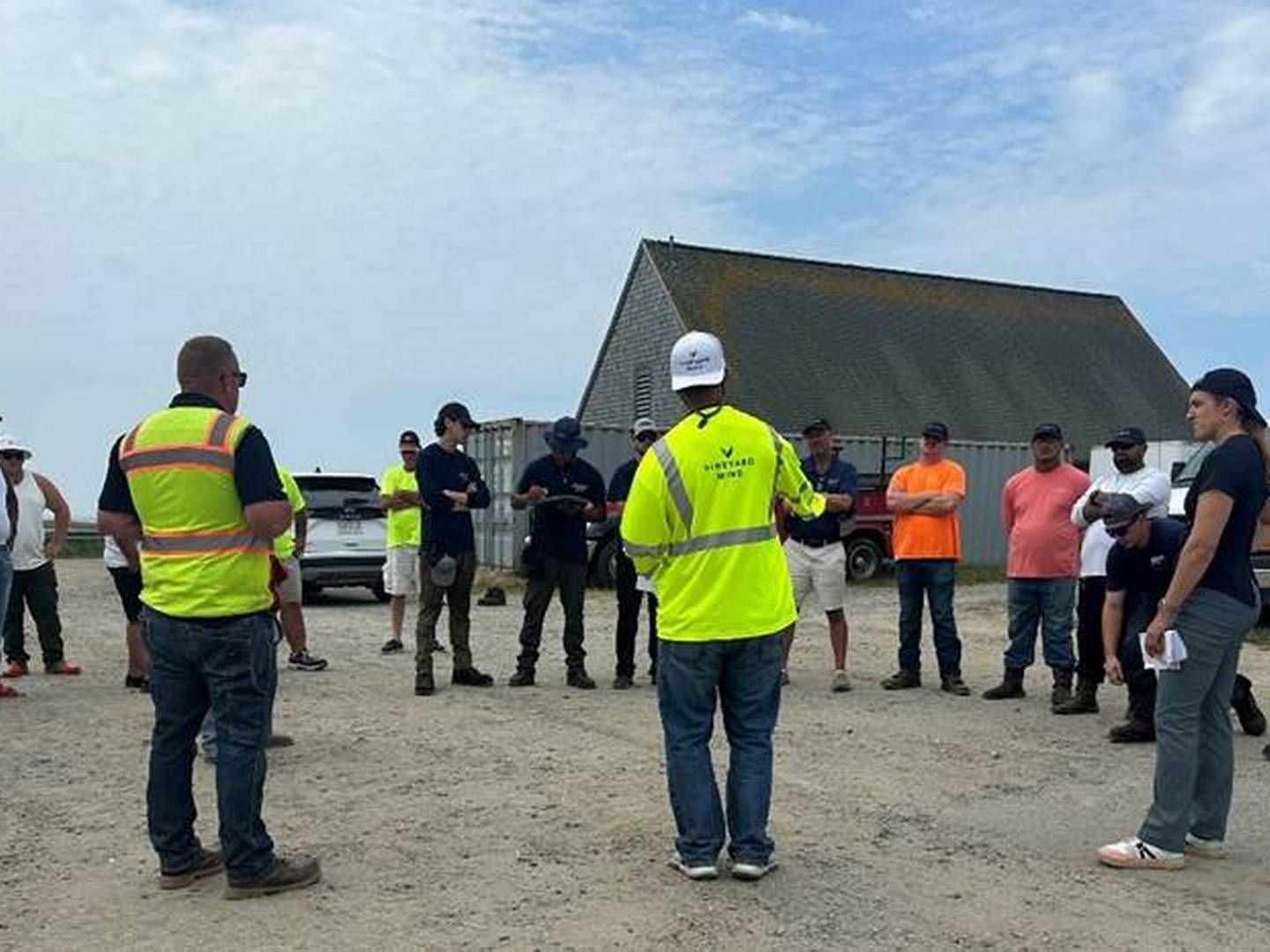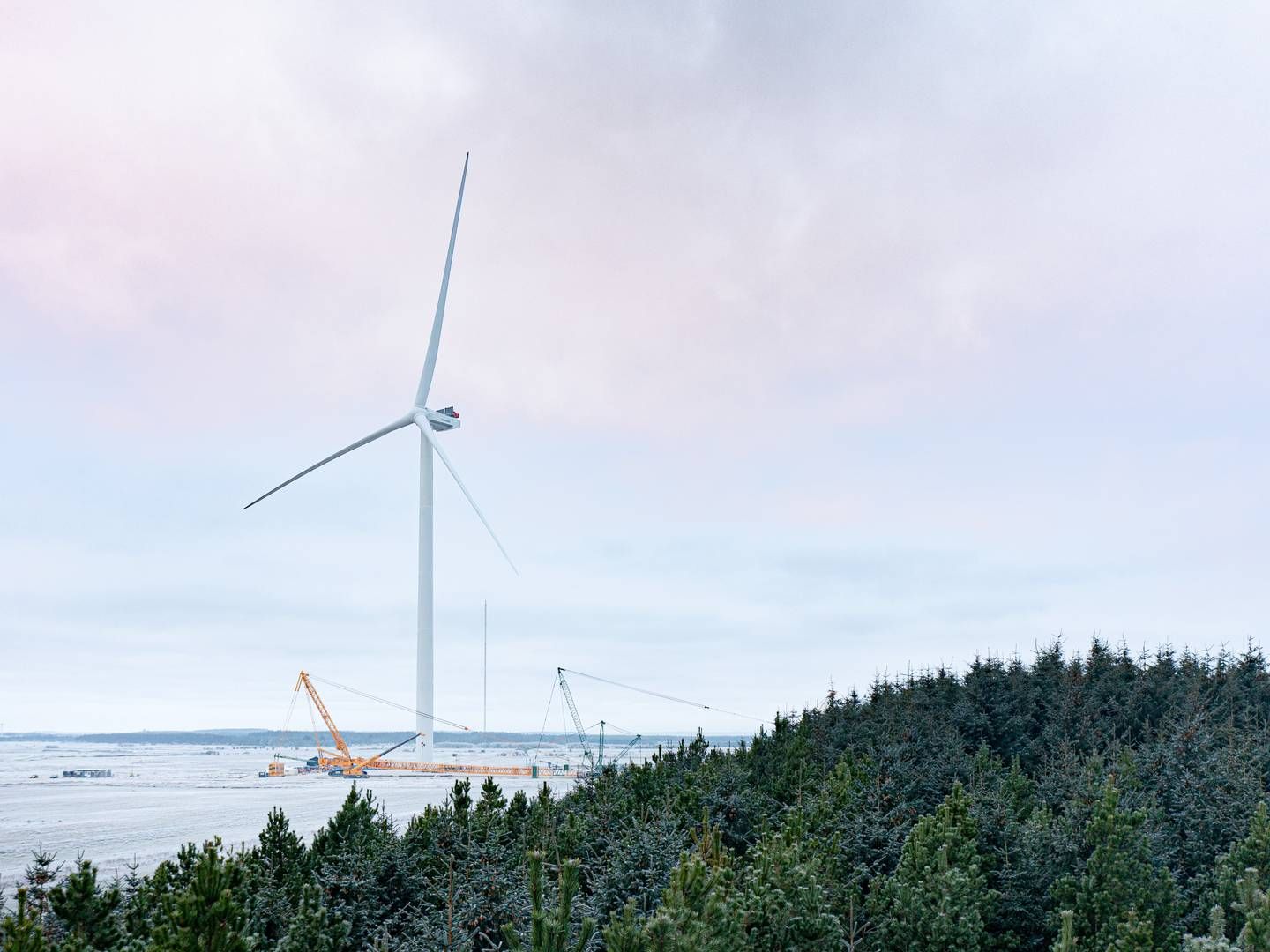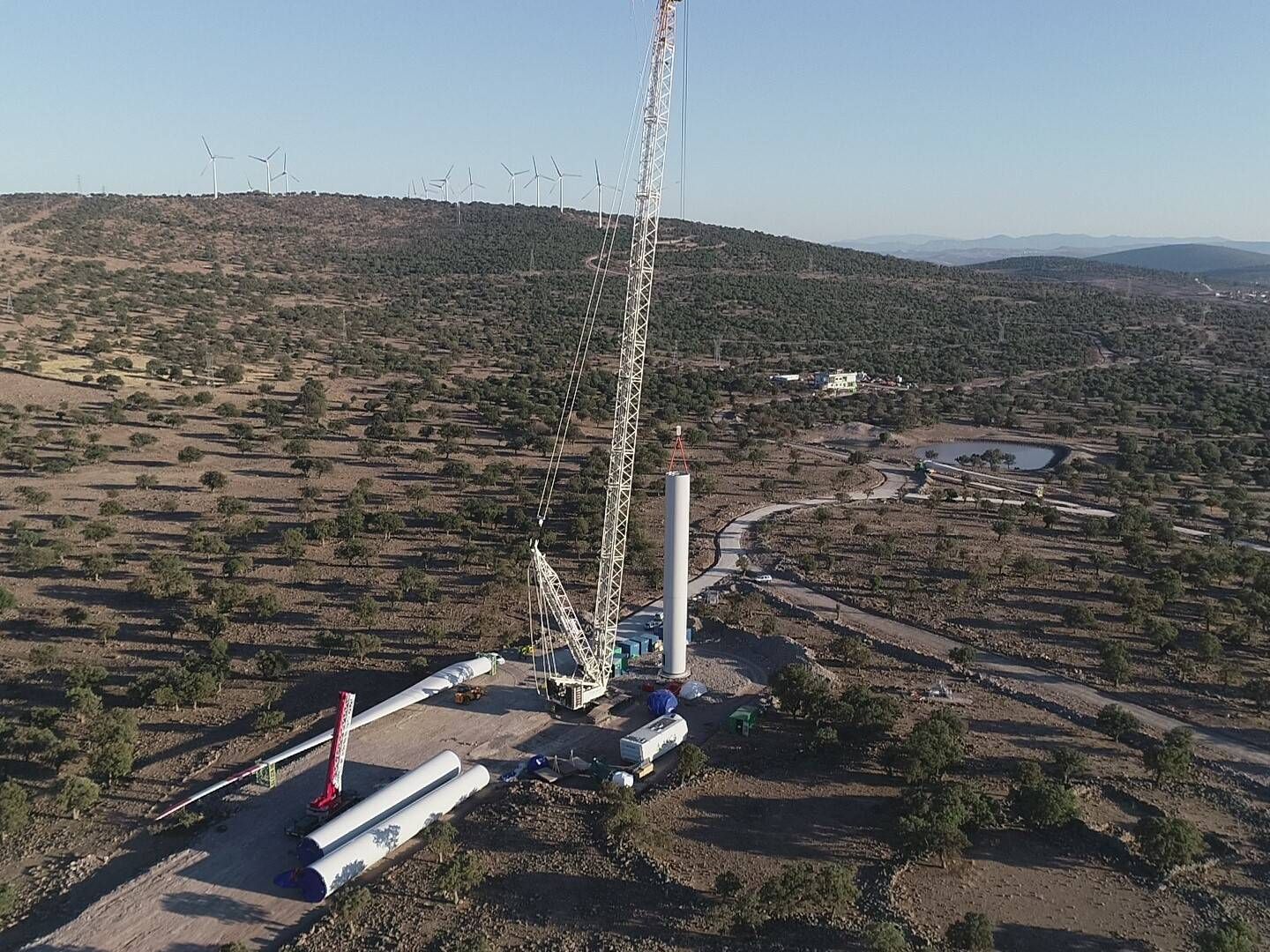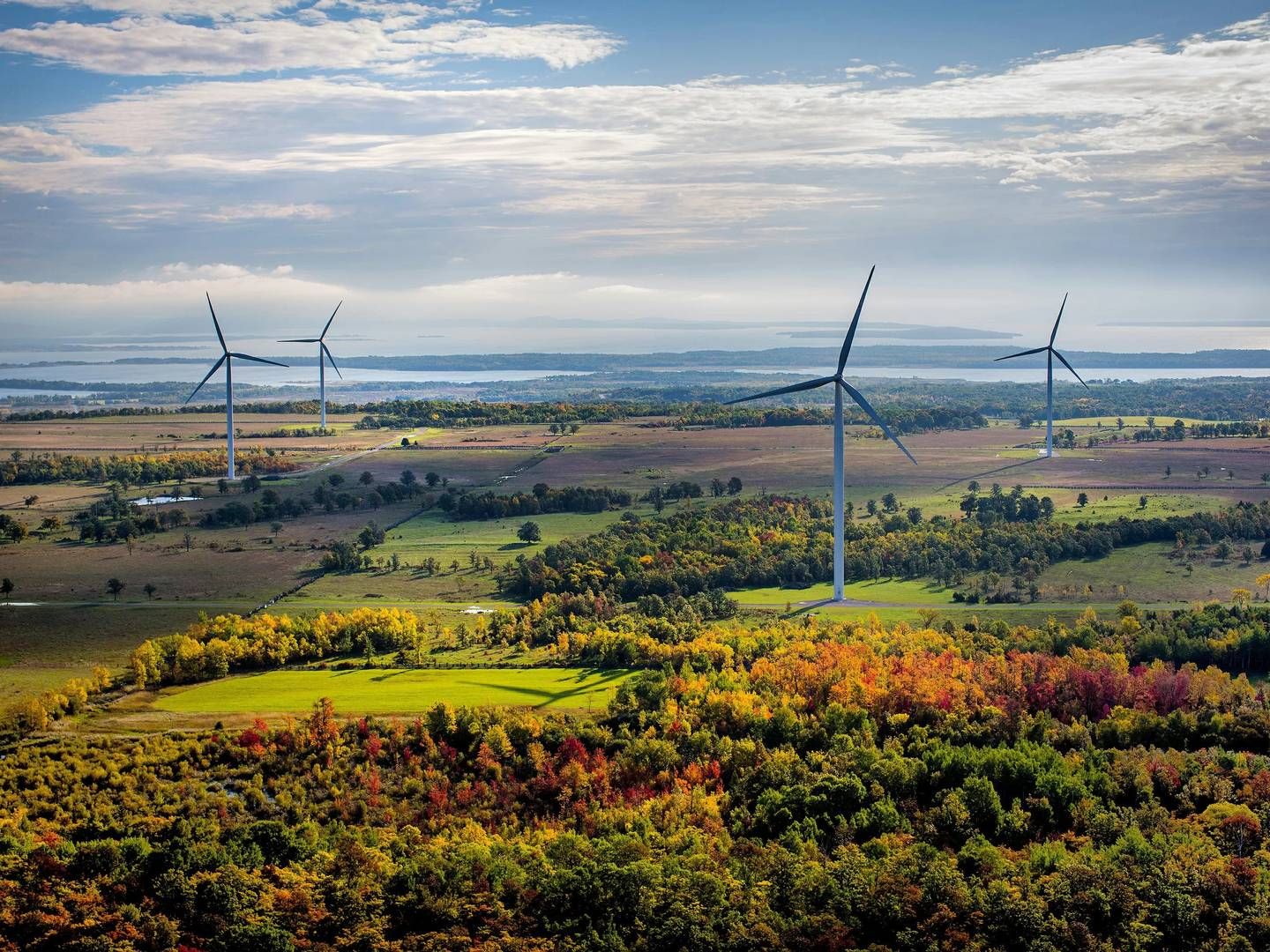Wind CEO: Germany still has homework to do
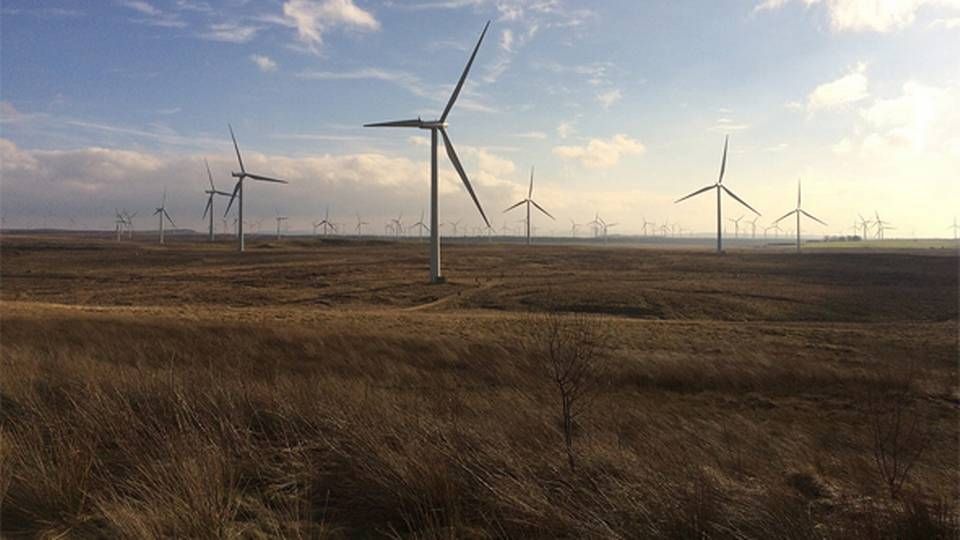
German wind auctions have improved since the first poorly designed rounds in 2017, but the country still has some homework to do if it is going to reach its goal of 65 percent renewable energy by 2030, CEO at Wind Europe Giles Dickson tells Ritzau Finans in an interview at a wind turbine conference in Bilbao.
"We still do not have full visibility regarding the auction volumes in the mid- and long-term. They have said that 2.8-2.9 GW in new onshore capacity will be auctioned every year. This is not enough to realize their goal of covering 65 percent of their power consumption with renewable energy," says Dickson.
He refers to Germany announcing an annual 2.8 gigawatt onshore wind energy auction until 2020, after which auctions will grow to 2.9 GW annually until 2030. The country's coalition government also has planned an additional 4 GW onshore auction.
Considering new rules
"The three governing coalition parties have set up a working group that will make recommendations. We know that they are looking at possible new rules for distance to residential areas and perhaps some new height rules as well."
"Let us see what comes of it. It is very important that it does not lead to bigger challenges in securing permits than we see at present. This should hopefully ease the licensing process," Dickson says.
For many years, Germany has been the largest wind turbine market in Europe, and it is expected to remain so from 2018 to 2020 – despite a drop in installations 2018, which is projected to continue into 2019.
In 2017, the gross turbine capacity established on the German market was totaled to 5,300 MW, which was the highest level ever, but in 2018 this number was 2,400, less than half.
"The considerable drop in 2018 was primarily a result of the poorly organized auctions conducted in 2017," Dickson tells.
Moreover, a market boom occurred prior to the first auctions, as developers forced through as much volume as possible before the transition from the well known feed-in-tariffs that offered firm prices over several years.
The first auctions contained flawed in that the so-called citizen projects were allowed to participate without already holding establishment licenses and were also given four years to secure such appoval. Citizen projects won almost 3 GW for the total tendered capacity in 2017.
"None of the citizen projects have been installed, nor have any final investment decisions been made. This has resulted in a temporary decline in orders and new installations," he explains.
New installations will be shorter
Germany's federal government has since adjusted the scheme so bidders are required to have building permits in order before they are allowed to participate. However, certain traces of these initial challenges will persist for some time.
"New installations over the next the 2-3 years will not reach the very high levels achieved in 2016 and 2017 in part due to the 2017 auction's flaws," the CEO says.
At the end of 2018, Germany's combined installed onshore wind capacity was 52.9 GW, which supplied almost 15 percent of domestic consumption.
Wind Europe estimates that 13.6 GW in onshore capacity will be installed in Germany during the period 2018-2022. This corresponds to 21 percent of Europe's aggregated onshore wind market within the time frame.
English Edit: Jonas Sahl Jørgensen & Daniel Frank Christensen
Wind Europe CEO forecasts 5.6 GW in annual offshore wind growth
Wind exec eyes growth in European onshore wind installations
Related articles
Wind exec eyes growth in European onshore wind installations
For subscribers

